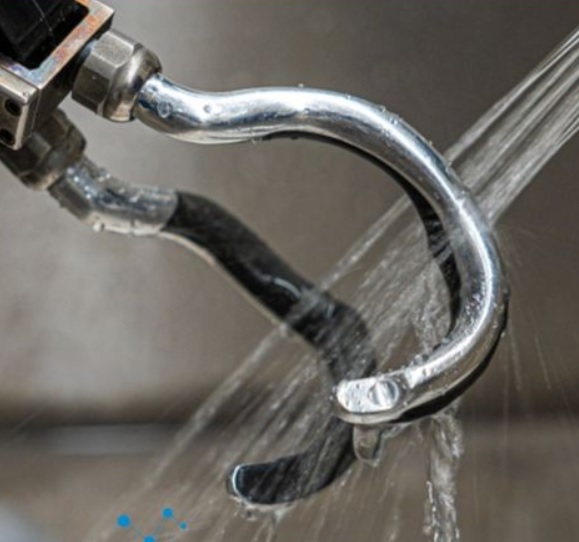Q: What can upper-limb amputees teach us about hand-washing in the age of COVID-19?
Before the pandemic, most of us didn’t have a fully considered hand-washing strategy—or a poorly considered one, for that matter. Most likely you never gave more than a passing thought to the frequency, methods, and materials that would get the job done most effectively.
Upper-arm amputees have thought about this a lot. They’ve made videos to demonstrate their techniques, written blog posts about washing with a prosthetic hand, and experimented with various products to maximize efficacy and minimize inconvenience. Some of these adaptations have value for all of us, whether we’re washing with one hand or two. To wit:
Thumbs up.
Tess Burford, an upper-limb amputee and certified prosthetist at Fourroux Prosthetics, uses her thumb to scrub the spaces in between her fingers. She also creates friction with her thumb over the top part of her hand, and places a warm, soapy towel on the counter for any part of her hand that her thumb can’t reach. Whether you’re washing with one hand or two, getting your thumb(s) more involved can lead to cleaner hands.
Brush it off.
The upper-limb rehabilitation specialists at Arm Dynamics suggest using a scrub brush mounted with suction cups on the side of the sink. Because the brush remains static, this option is ideal for people with a limited range of motion and grip—or for anyone who wants a cheap, convenient, effective weapon that the virus will hate. Buy a model with bristles soft enough to clean under your fingernails. Performance Health‘s Suction Brush sells for about $8.
Automate.
Some upper-limb amputees install automatic soap dispensers at home because they’re easier to use than pump dispensers. But now that we think about it, they’re also more hygienic than manual dispensers, which might have been touched by anybody and everybody. . . . . worth considering, whether or not you’re an upper-limb amputee. All the big-box retailers sell auto-soapers online—Bed Bath & Beyond, Target, Walmart, Home Depot and Lowe’s are just a few examples—and they’re more affordable than you think. Most models cost between $20 and $40.
Sponge bathe.
Body puffs and soft sponges lather up nicely, making for convenient and thorough one-handed washing. They’re sturdy enough to achieve the scouring necessary for thorough cleaning, but still relatively easy on skin that’s been rubbed and scrubbed and soaked and rinsed and doused and dried to the point of rebellion.
Make it count.
Be honest: Are you really sure you’re washing for at least 20 seconds every time? Didn’t think so. As far as the Centers for Disease Control and Prevention is concerned, longer is better no matter what mode of hand-washing you use. Since not everyone sings “Happy Birthday” at the same tempo, it’s better to count slowly to 20 using the thousand method (one thousand one, one thousand two. . . . ). The 20-second rule applies whether you’re washing one hand or two.
BTW, drying your hand(s) counts as part of the washing process. According to the CDC, germs can be transferred more easily to and from damp skin. So finish the job. Let’s all wipe this @#$&@ virus out.
PREVIOUS COVID Q&A POSTS:
* How to disinfect your prosthesis device properly
* The job outlook for amputees post-quarantine
* The pros and cons of telehealth
